How to Remove Digital Signatures from PDF: A Step-by-Step Guide
Sometimes, you receive a PDF file with a digital signature, and you realize that changes are necessary. Perhaps the signer made an error, or the document needs to be reused for another purpose. In such cases, removing the digital signature becomes essential before you can freely edit the file. While removing a digital signature from a PDF may sound technical, it’s straightforward once you grasp the basics. Let’s explore this step-by-step in a simple and clear manner.
What Is a Digital Signature in a PDF?
A digital signature is like a digital stamp added to a PDF file. It serves as proof that the document was created or approved by a specific person. Similar to a handwritten signature on paper, it is embedded into the file using special codes. These codes lock parts of the document, preventing any changes without breaking the signature.
When a PDF is signed, the signer uses a digital certificate, akin to an ID card for computers. It indicates who signed the document and when. If someone attempts to alter the signed document, the digital signature will alert you to the discrepancy. Consequently, editing a signed document can become challenging.
But what if you need to remove a digital signature? Maybe you are the signer and need to correct a mistake, or you have permission to edit the document. Depending on how the signature was applied and whether the file was locked, it may be possible to remove the signature and make the necessary changes.
Common Reasons You Might Need to Remove a Digital Signature

There are several common scenarios where removing a digital signature becomes necessary. One frequent reason is to fix mistakes. If the document contained a typo or incorrect information before it was signed, removing the signature might be necessary to correct it. Once changes are made, the file can be signed again. Another situation is reusing a form or template. Sometimes, a form is signed and saved, but you want to use the same layout for a new purpose. In such cases, a clean, unsigned version of the file is needed.
Another case involves multiple signatories. If someone signs the document prematurely, you may need to clear the signature so everyone can collaborate on the file properly. Lastly, in academic or professional settings, projects may undergo several revisions. If a supervisor or team leader signed a draft version, but the final version differs, the old signature needs to be removed before updating the document.
How to Remove a Digital Signature from a PDF
Let’s walk through the actual steps. How you remove a signature largely depends on two factors: whether you have permission to edit the file and what tools you’re using. Here’s a simple way to approach it:
Check if the Signature Is Editable
First, open the PDF and click on the signature. Some PDF viewers, such as Adobe Acrobat Reader or other free apps, will indicate if the signature can be removed. If it can, you’ll typically see an option like “Clear Signature” or “Remove Signature.” If you see that option, click it. The file will revert to its unsigned state, allowing you to edit it again.
If the File Is Locked
Occasionally, the signature locks the entire document. This is known as “certifying” a document. When this occurs, you can’t remove the signature without the password or special permissions set up by the signer. If you have the password, you can unlock the document by entering it into your PDF editing program. Once unlocked, the signature can be cleared as before.
If you lack the password, the situation becomes more complex. You may need to request the original signer to remove it or use advanced tools to rebuild the PDF by copying the content into a new file, which removes signatures but might result in some formatting loss.
Using PDF Editing Software
Numerous PDF editors are available besides Adobe Acrobat, such as Foxit PDF Editor, Nitro PDF, and online services like Smallpdf or PDFescape. In most editors, removing a signature is similar:
- Open the PDF.
- Find the “Signature” panel or click directly on the signature.
- Look for options like “Clear,” “Delete,” or “Remove.”
- Save the file afterward.
Some online tools allow you to upload a PDF and remove signatures quickly. However, be cautious with online tools — if your document contains private information, it’s safer to use a program on your computer.
Rebuilding the Document

If you absolutely can’t remove the signature, consider copying the entire content into a new PDF.
To do this:
- Open the signed PDF.
- Select all text and images (Ctrl+A for Windows or Command+A for Mac).
- Copy it (Ctrl+C / Command+C).
- Paste it into a new blank PDF using a PDF editor.
- Save the new file.
This method removes the signature because you’re creating a new document. While it might not be perfect — potentially losing some formatting — it serves as an easy backup plan when other methods fail.
Conclusion
Removing a digital signature from a PDF isn’t as daunting as it might sound, but it does depend on whether the document is locked and the tools available. If the signature isn’t locked, it can usually be removed with a few clicks using a PDF editor. If it is locked, you might need a password or to rebuild the document. Always exercise caution and respect when working with signed files, especially when they are important. Understanding these steps can help you fix mistakes, reuse templates, and keep your documents organized without a hassle.
Related Articles

Easy and Effective Ways to Erase Unwanted Text from Your Video Content
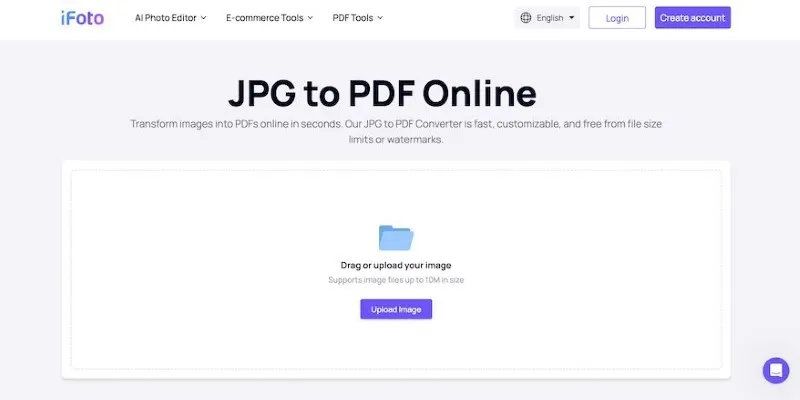
Best Image to PDF Converters for Desktop: 6 Top Picks
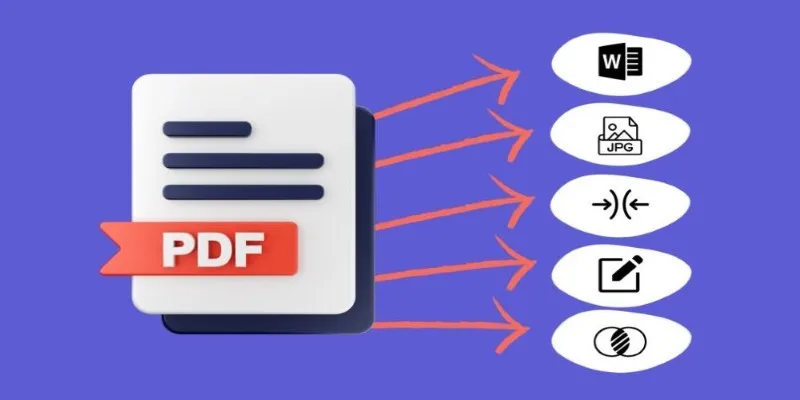
Best Free PDF to Image Tools for Quick and Easy Conversion

How to Edit a PDF on Windows Like a Pro: The Ultimate Step-by-Step Guide

The 7 Best PDF Editor Apps in 2025 for Clean, Hassle-Free Document Control

Step-by-Step Guide to Recording HD Videos to DVD for Big Screen Viewing

How Can You Automatically Send Emails for New Airtable Records?

Discover the Best PDF Editor Apps in 2025 for Seamless Document Control

The 12 Best Digital Marketing Tools in 2025 to Amplify Your Strategy
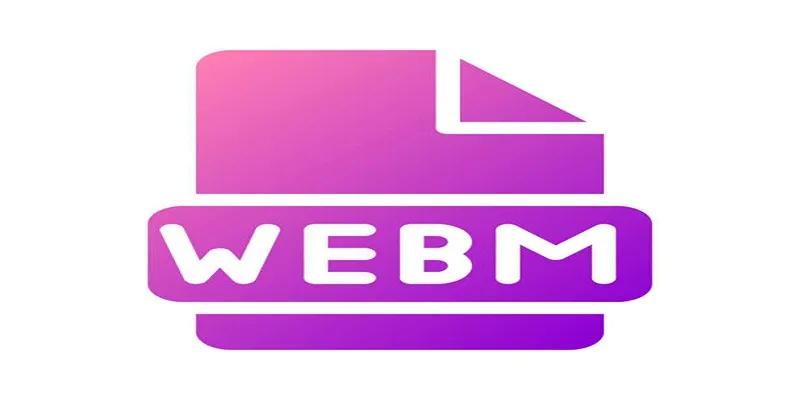
Audio Extraction Made Simple with FFmpeg, Audacity, and Aiseesoft

How to Use Browse AI to Scrape Data from Any Website: A Step-by-Step Guide

How to Add Mailchimp Subscribers from a Webhook: A Step-by-Step Guide
Popular Articles

Sharing Instagram Photos on Pinterest Automatically
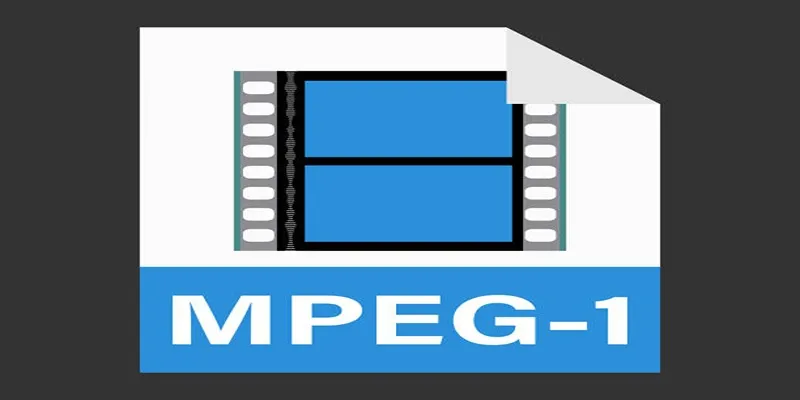
Best Tools for Converting MPEG to iPhone Format Easily

Improve Your Connectivity: 5 Best WiFi Analyzer Apps

The Best Calendar Apps for Windows in 2025: Stay Organized and On Track

Top 5 Online Services to Convert WMV to MP4 Without Hassle

Top Reasons to Add a Floating Share Box to Your WordPress Site

MPG to DivX Conversion Made Simple: Best Tools for Every Platform

How to Record Skype Calls Without Losing Quality: A Complete Guide

10 Effective Ways to Use Notion for Life Organization

The 8 Best Email Apps for iPhone in 2025 to Keep You on Top of Things

Top Client Onboarding Tools for Online Businesses in 2025
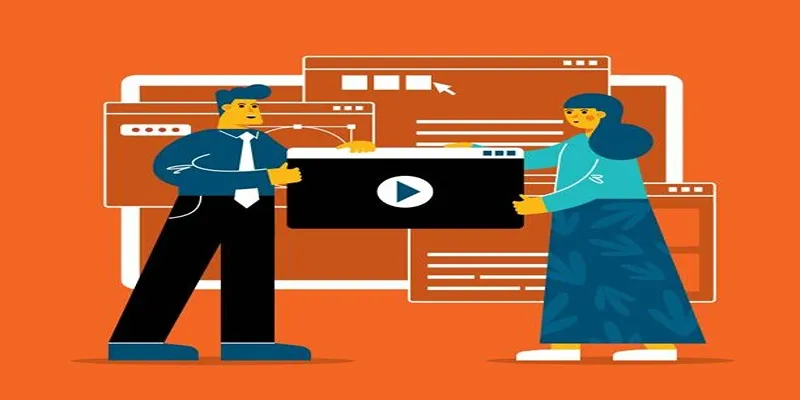
 mww2
mww2